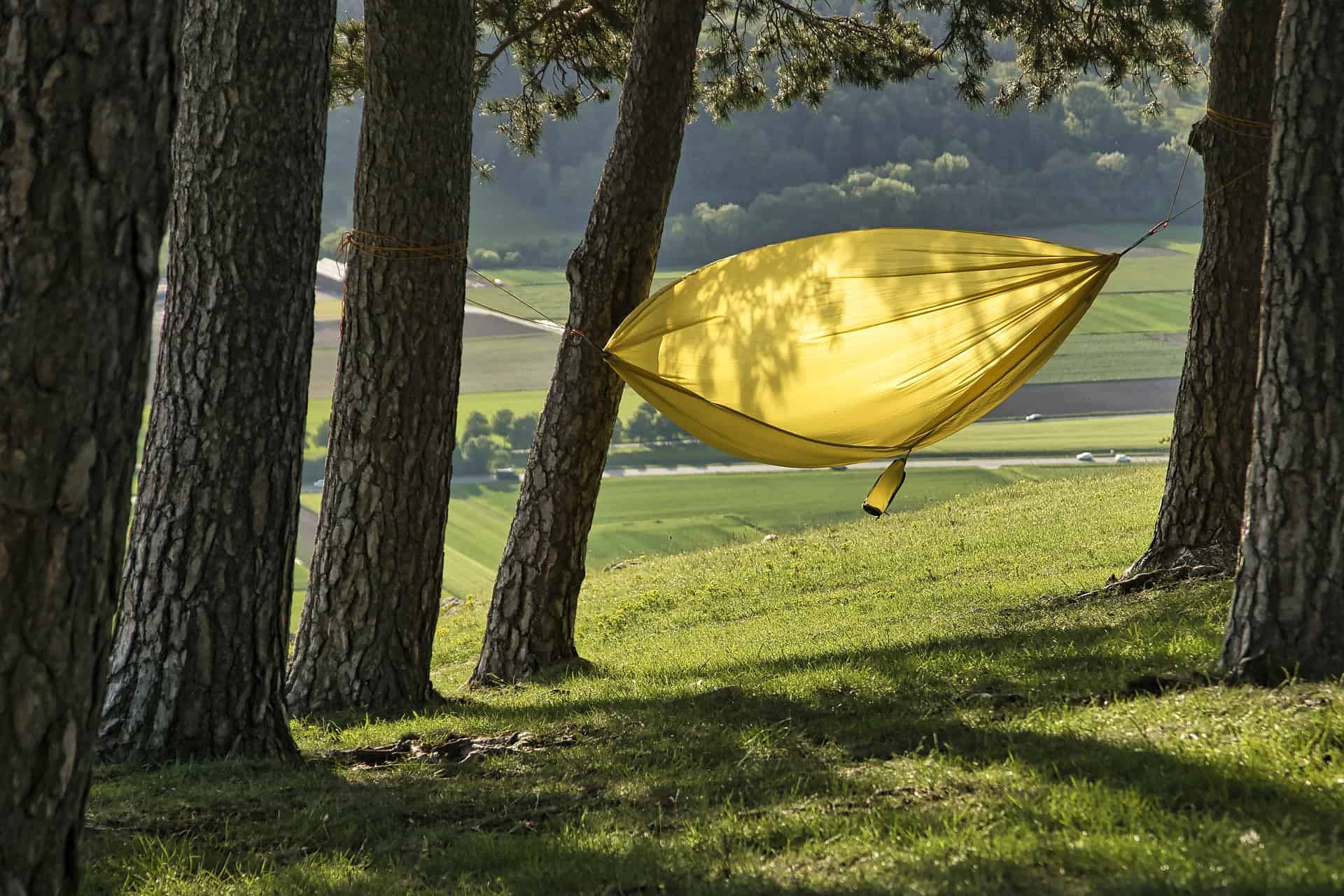
Understanding Slings
Slings. I’ve heard them referred to often, but never quite knew what they were or why they were important. I understood that they were anatomically determined lines within the body, but in a structure that is fully connected, it didn’t make sense why some were given special attention. (Or what that attentional awareness would feel like). Over the last several months, however, the descriptive seeds planted by Nicole Uno (@unotraining) have begun to take root and sprouted some definite realizations:
Slings are spans of tissue you can rest in. They make movement easier by decreasing the amount of tension needed to complete the act.
Consider a hammock. Those familiar with one know exactly how to get in and out and position themselves to be fully and easily supported. Those that do not enter in tense; grabbing tightly to what they can currently control, so rigid and apprehensive that they often get turned or bounced back out. This harsh experience creates even more strain for future attempts, and the cycle of more equals more (instead of less equals more) escalates.
Notice the upper body in the following sissy squat lower. I am rotating into an open, elongated position to where I am being held instead of holding myself. My arms do not ball up nor reach out and stiffen up. My expanded abs keep me in place, and my unchanging upper body just ‘sits’. The ‘work’ gets relegated to the legs:
The belly provides the stretch to which everything else can rest.
The arm sling sits right underneath the shoulder blades and wraps around the ribs through the armpits. It draws the shoulder blades down and together. The more work we do to get them there, however, the more we fight the ease of the sling. Elevated ribs (pulled up by faulty breath, tense neck, and possible conditioning to keep your gut sucked in) won’t let you find it, either. To locate it, you must get into a lengthened spinal position and find a way to set the shoulder blades as passively as possible.
The hip sling tends to be much more taut and active. Because it is often under load and/or weight, it builds a strong sense of reliance. Imagine placing a heavy rock in a hammock. It makes an indentation in the webbing that lures you to keep reinforcing it. It might not be the most correct, but its familiarity has you reusing and building upon this particular line again and again.
To both negate this hip preference and find the scapular line, we can position ourselves to align with both intentions. Prone, we can use gravity and the constant of the ground to ease our shoulder blades toward our ‘bra strap’ wrap, and let the weight of our hips and the stacking of our arms to extend the torso. Taking it one step further, placing our hands in a close-to-maximal externally rotated anchoring (fingers back) lets our rotational organization naturally assist in making things effortless.
Once here, the goal is to stay in the sling while your hips freely move about:
Mobile legs throughout assume that: 1. You have also found the true hip sling, and/or 2. You have found security and stability in the arm sling allowing the hips to let go. A seated version of sling finding that also minimizes the hips and manipulates arm length can be found here.
Comparing the first two video set ups, the top is open chain and the bottom is closed. A rotational element permeates when seeking and settling into the safety net, just as you’d do when cozying into a soft couch. When walking, this winding and unwinding through the body’s vertical axis propels the legs instead of weighing them down:
Ball-and-socket arm swings versus elastic recycling.
Slings move you instead of you moving them.
Slings exist to remove slack from the system. They cross and connect joints synergistically instead of getting caught up on them. When utilizing that rotational settling in, for example, the weight and position of the arms can effect the pelvis to rib opening, shoulder socket external rotation, and tension lines pulling away from the true meridian. There is a point where the load falls on the same plane as the sling and everything becomes void of constraints:
Wide feet and dropped pelvis is another means to get around that overactive hip sling.
Both pushing and pulling rely on the appropriate tension to perform the task. Using more tension than necessary is wasteful and inefficient, leading you toward more waste and further inefficiency. It programs the body to exist in a normal that lacks the sequence and coordination of ease. The less strain movements cause, the greater your capacity to take them to new levels.



